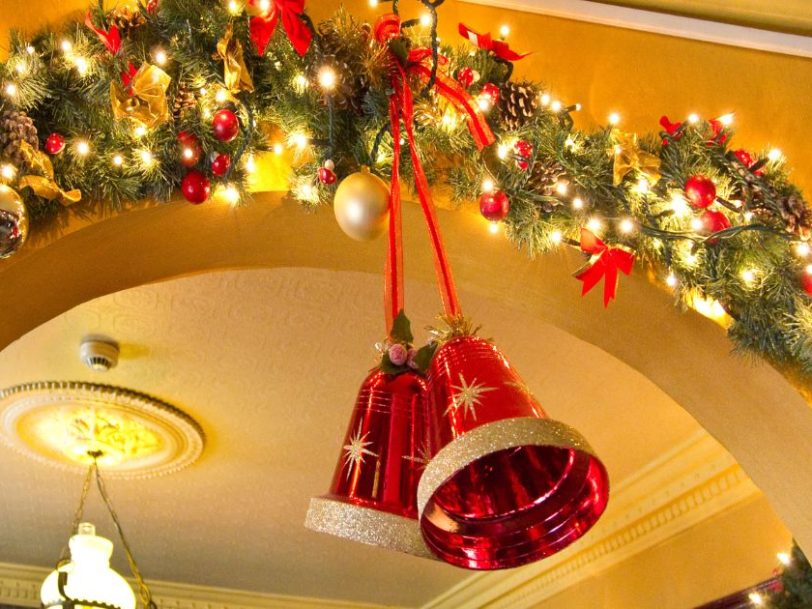Fondly regarded as one of the best Christmas carols, Deck The Halls wasn’t actually written for Christmas. Dating back to the 1700s, the tune was originally a traditional Welsh air with a very different purpose and meaning from the version sung by choirs and carollers today.
This is the full story of Deck The Halls, and how a Welsh melody came to be used for one of the best Christmas songs of all time.
Listen to the best Christmas carols here.
The history behind Deck The Halls
Although Deck The Halls is now a Christmas standard, the song was originally sung on New Year’s Eve, and its history can be traced back to 18th-century celebrations in Wales. Under the name Nos Galan – Welsh for “New Year’s Eve” – it was first published by a Welsh harpist called Blind John Parry, who dictated the melody for transcription in the year 1781, when it appeared in British Harmony Being A Collection Of Antient Welsh Airs The Traditional Remains Of Those Originally Sung By The Bards Of Wales. During this time, Nos Galan was sung competitively, with new-year’s revellers trying to outdo each other in devising the most four-line verses to go with the tune.
The original Welsh lyrics to Deck The Halls
Far from being about decorating the home in anticipation of the holiday season, Deck The Halls – or Nos Galan, as it was still known into the mid-1800s – was originally a saucier song some of whose earliest printed Welsh lyrics translated as “Oh! how soft my fair one’s bosom”, with references to frolicking in “the grove in blossom”.
Sample Welsh lyric for Nos Galan
O mor gynnes mynwes meinwen,
fal lal lal lal lal lal lal lal la.
O mor fwyn yw llwyn meillionen,
fal lal lal lal lal lal lal lal la.
O mor felus yw’r cusanau,
[instrumental flourish]
Gyda serch a mwynion eiriau
fal lal lal lal lal lal lal lal la.
English translation
Oh! how soft my fair one’s bosom,
fal lal lal lal lal lal lal lal la.
Oh! how sweet the grove in blossom,
fal lal lal lal lal lal lal lal la.
Oh! how blessed are the blisses,
[instrumental flourish]
Words of love, and mutual kisses,
fal lal lal lal lal lal lal lal la.
In an interview with CBC’s current-affairs show Daybreak South, Wyn James, a former lecturer in Modern Welsh Literature at Cardiff University, explained that Nos Galan’s lyrics “have nothing to do with Christmas at all”, before clarifying: “They actually refer to how lovely it is to be kissing a maiden in the clover.”




